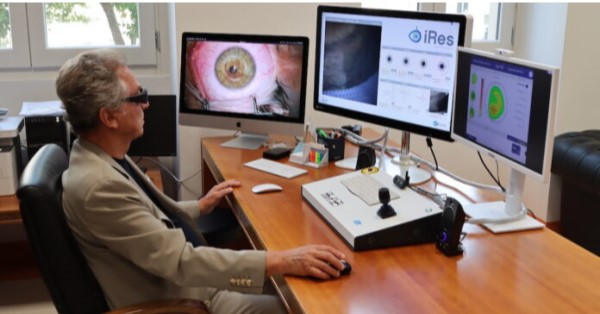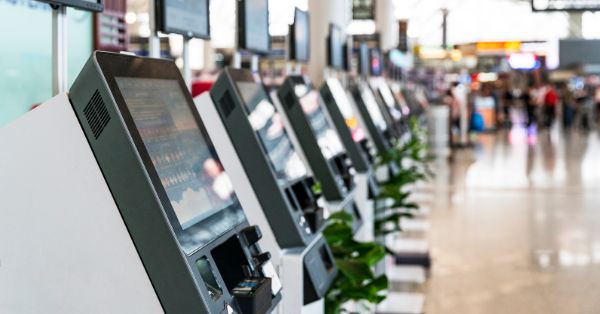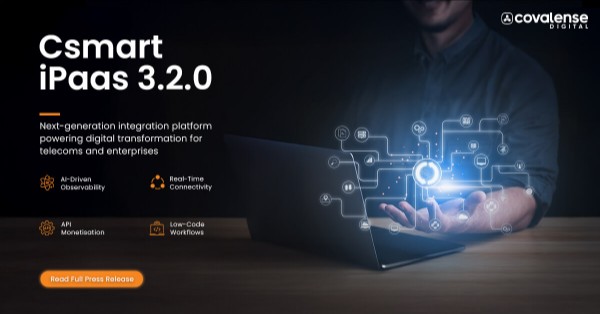Introduction: In a significant development, TIM, a major player in telecommunications, used 5G technology for remote eye surgery at Bari Polyclinic in Puglia. This event was more than just a technological breakthrough; it showed the great possibilities when combining medical knowledge with advanced communication technology.
Challenges or Objectives: The procedure was tailored to address the afflictions of a 53-year-old patient diagnosed with Cogan’s dystrophy. Manifesting as blurred vision, pain, and excessive tearing, the condition stems from minute lesions on the cornea. Traditional interventions typically entail the intricate removal of these corneal irregularities employing laser techniques.
Solution Implemented: For this surgery, Professor Gianni Alessio took the reins, steering the iRes 2KHz laser from the confines of his office via the 4D Suite platform. While Professor Alessio directed the laser’s intricate movements, the patient lay in the operating room, surrounded by a skilled surgical control team. Facilitating this remote orchestration was TIM’s expertise, which deployed two 5G small cells and routers. This setup ensured a fluid exchange between the professor’s control station and the laser instrument.
Supporting Evidence: The operation’s latency was kept under a remarkable 50 milliseconds, underscoring real-time synchronization between the control station and the laser. It’s noteworthy to mention that this was the inaugural instance of such a procedure on an international scale.
Why the Selected Technology Was the Right Choice: While other communication technologies have their merits, 5G stands out, especially when countering the inherent challenges of telesurgery. With its ability to grant real-time remote control and automated surgical processes, 5G emerged as the optimal choice.
Use Case Benefits: The implications of such a procedure are profound. Harnessing remote control for surgeries, augmented with automation, unlocks fresh prospects for ophthalmologists, enabling them to tackle intricate corneal pathologies irrespective of their physical proximity to the operation theatre.
Industry Impact: This venture has set a precedent. Using 5G for remote surgeries, especially given the initial skepticism, signifies a transformative leap. This approach could revolutionize numerous medical applications, especially in the realms of learning, development, and process automation.
Company’s Role: TIM’s role transcended that of a mere facilitator. As proponents of digital integration in healthcare, they championed technologies like telemedicine, augmented reality, and virtual reality – all underpinned by the 5G network’s prowess. Their commitment is further evidenced by projects like BARIUM 5G led by the Polytechnic of Bari.
Partners for the Use Case and their Role: Collaboration was key. iVis Technologies offered surgical tech solutions, while Bari Polytechnic contributed both with the BARIUM 5G project and a blockchain-based system for immutable healthcare data archiving.
Use Case Status: Given the procedure’s success, this use case has moved beyond the trial phases and is now in active production.
Use Case Timeline: While this operation stands out, TIM’s foray into telemedicine dates back. In 2019, they facilitated Europe’s first 4K remote surgery consultation.
Customer Endorsements: This initiative was met with acclaim. Professor Alessio lauded the technological frontiers it unlocked for surgeons. Giovanni Migliore from Bari Polytechnic celebrated the collaboration, while Sabina Strazzullo of TIM emphasized their unwavering commitment to healthcare advancements.
In conclusion, as technology continues its forward march, its confluence with medicine, as showcased by TIM’s endeavor, heralds a promising future for healthcare worldwide.





























